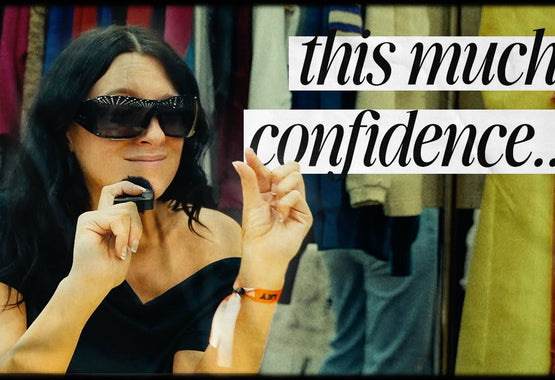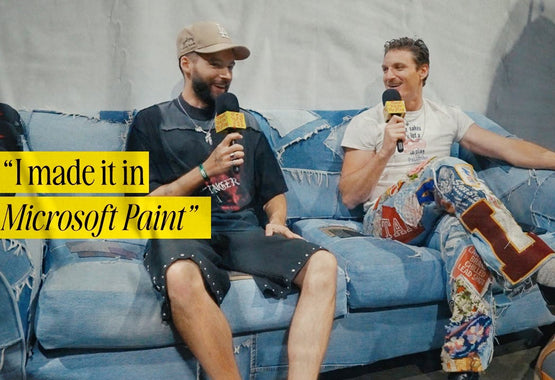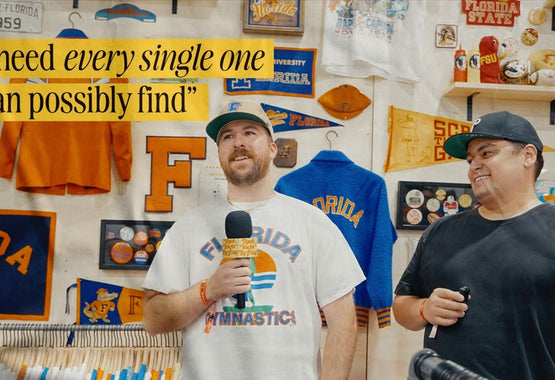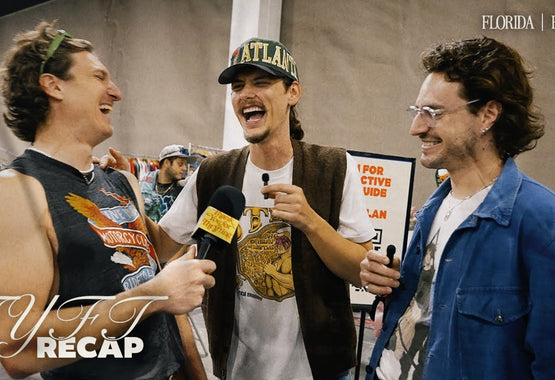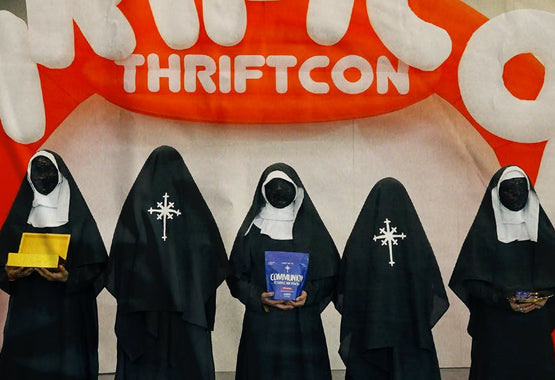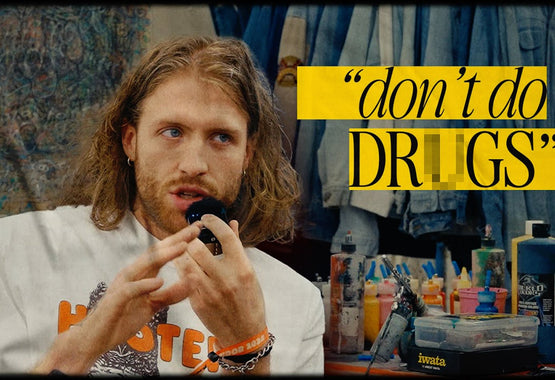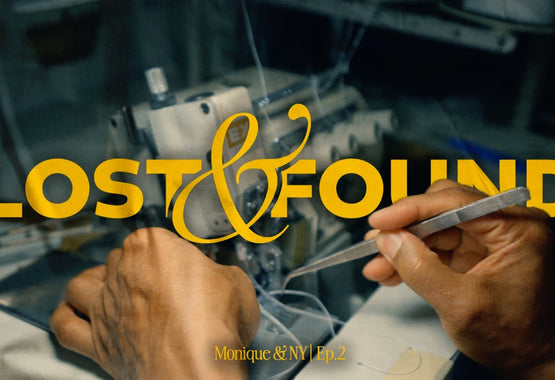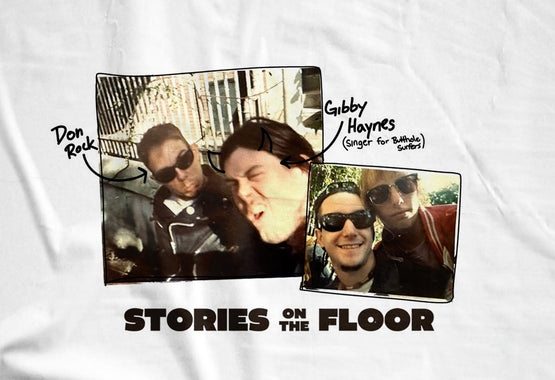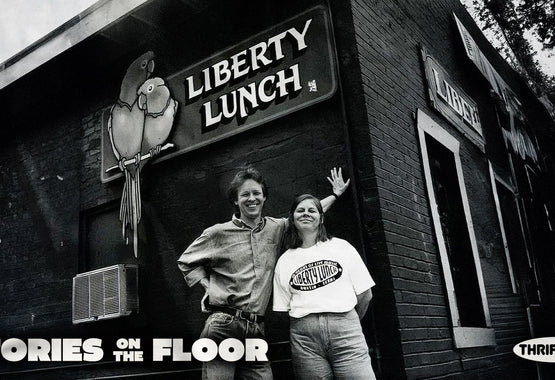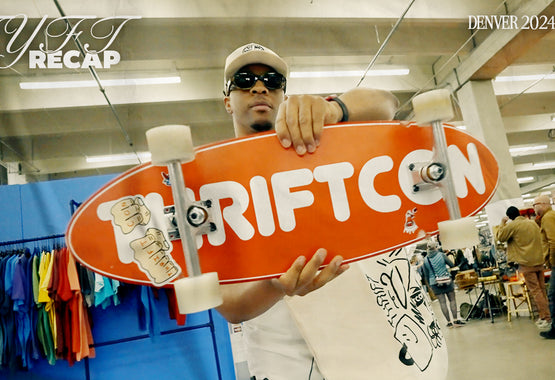Podcast: The History of VANS Shoes and Paul Van Doren
Think about the top five shoe brands in your lifetime. If you’re under 50, chances are Vans is in that list and for good reason. It’s one of the simplest, most iconic frontrunners of footwear and an important part of American history. Born in the streets of Southern California, Vans was helped along by the athletes and rebels that adopted it early on.
The brand now pulls in over $4 billion a year for its parent company V.F. Corp and is consistently one of the best selling shoe brands worldwide year after year. But before it became a footwear juggernaut, it saw its fair share of ups and downs. To go all the way back to its roots, however, we need to go to Boston, where founders (and brothers) Paul and Jim Van Doren were born.
Paul, the oldest, made it to about the 8th grade before realizing school just wasn’t for him. But his mom wasn’t down for that and drug him to Randy’s, the shoe factory where she worked to scrub floors to help pay the bills. There he learned pretty much all he could about manufacturing shoes, and spent over two decades doing so. In his 20 years there, Paul saw promotions all the way up to a vice presidency.

At the time, Randy’s was the third-largest manufacturer of shoes in the U.S. But during the early 1960s, its factory in Gardenvale, California, slumped big time and was losing a million dollars a month. Paul, his brother Jim, and a longtime friend named Gordon Lee were sent there from Massachusetts with the task to get it back to profitability. After eight months, they’d done just that. Three months later, Paul quit Randy’s to start his own company. He saw that manufacturers were getting screwed by retail stores — making pennies to the dollar and doing all the hard work.
So on March 16, 1966, brothers Paul and Jim opened The Van Doren Rubber Company with their friend Gordon Lee (and another investor by the name of Serge Delia). It was a unique venture in that it made the shoes right there in the building and sold them directly to the public. The initial dream wasn’t to market shoes to athletes, as it would become known for. Then it was simply about making a casual shoe built like a tank. Something that would last for years and people would talk about to their friends.
When they launched, the men’s models sold for $4.49 (about $38 by today’s standards) and $2.29 for women’s (about $20). Customers came into the store, customized their orders, and then picked them up within a day. No other retailers in the world had that kind of fashion-forward flexibility.
Having set up shop in Anaheim, the two brothers were in the right place at the right time, too. Southern California was teeming with youths and developing a newfound culture in skateboarding. Because of their reliability and gum-like bottoms (grip tape for skateboards didn’t exist yet) the classic Van Doren boat shoes were the preferred kicks to many of the kids who themselves were making sports history.

Not without its issues though, customers began to complain about the earliest designs. Apparently, the diamond pattern cracked too easily along the ball of the outsole, so they added a few vertical lines to the ball area. This new design was patented as the Van’s waffle sole. Working through the kinks made the best skateboarding shoes even better though, and legendary skaters Tony Alva and Stacey Peralta took notice.
One day the two walked into the store and asked the brothers if they could make a shoe exclusively for skateboarding. Because they had worked with the Randolph Rubber Company making the Randy “720” (one of the first shoes marketed to skateboarders) the brothers knew the processes. They came up with the Vans #95, now known as the Era. It featured a padded ankle, the patented diamond waffle sole and and the now famous “Off the Wall” logo — a term thrown around then by skateboarders when they talked about getting sick air outside of the empty pools.
This wasn’t necessarily a unique venture, however. Around the same time, Nike was developing its own waffle style sole, as well as many others. This time period was actually an important era in sports design and many of the innovations that came from it are still used today.
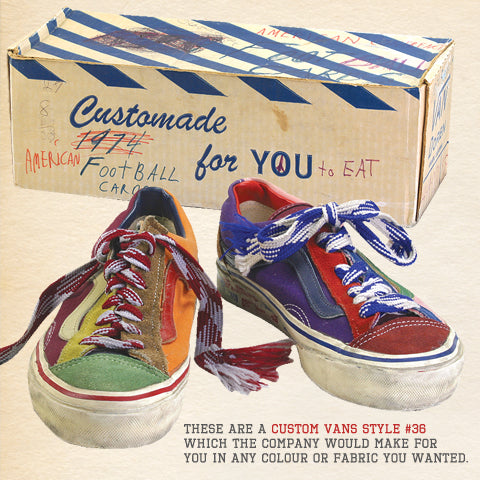
Because the company was now working with Alva and Peralta, it gained a newfound credibility on the streets. The athletes were paid a modest $300 to wear the shoes at competitions and the people who looked up to them wanted what they had. The two were a part of the Zephyr Competition Team (the Z-Boys) which made its mark on skateboarding history early. Chomping away at SoCal market share early is how the story of the Vans revolution begins.
For more on the history of Vans and Paul Van Doren's crazy ride to the top, check out our podcast where we get more in depth on how the iconic brand came to be.
MORE RESOURCES TO CHECK OUT
Site: The Official History of Vans
Book: Authentic: A Memoir by the Founder of Vans
[cover photo Maria Fernanda Pissioli via Unsplash]

